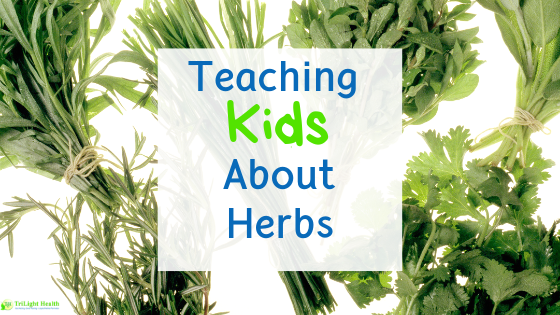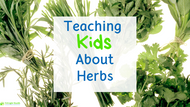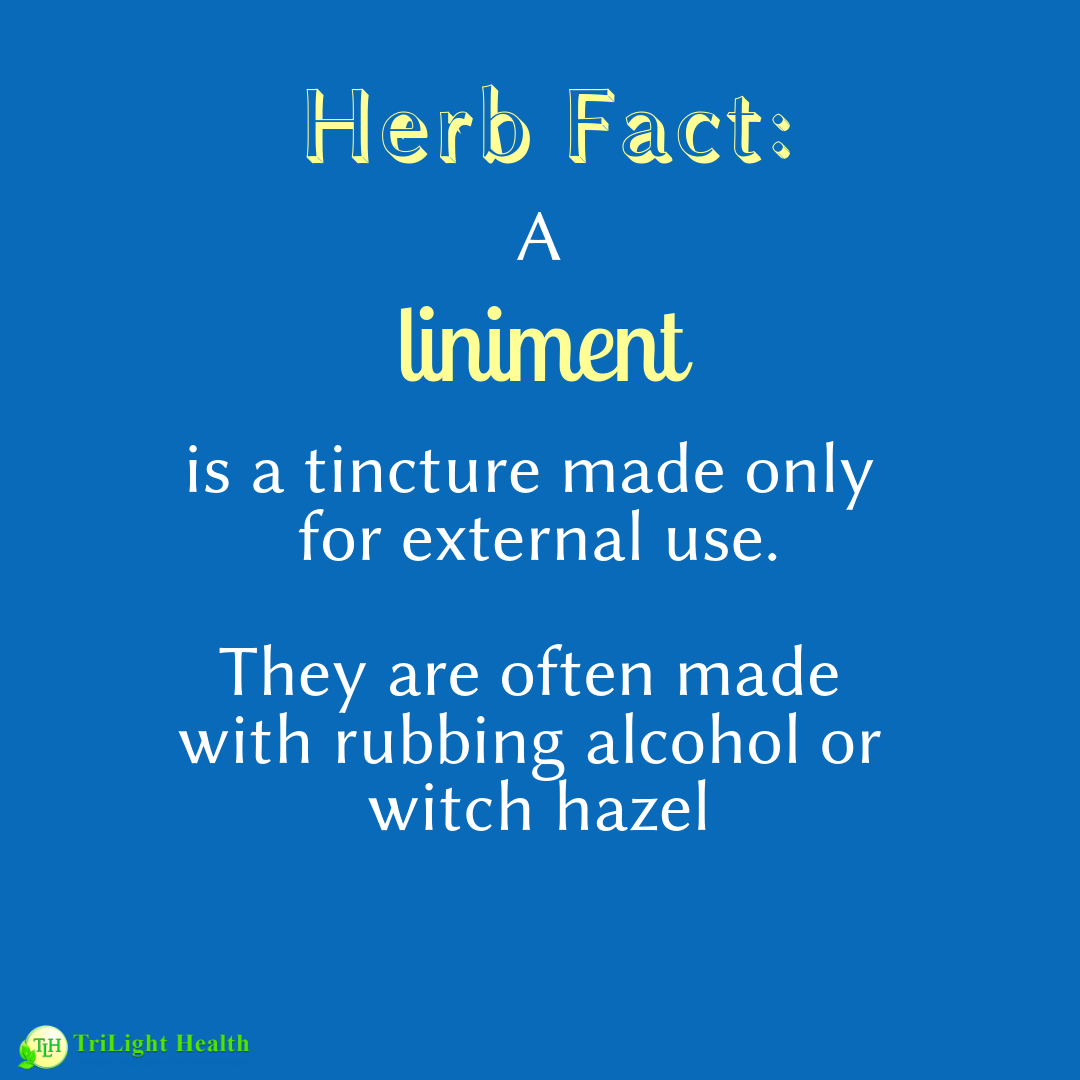Tips for Teaching Kids About Herbs
Posted by TriLight Health on Mar 26th 2019
There is a growing interest among families worldwide in home remedies & herbalism. Children are especially interested in learning about herbalism. Curriculum, games, and countless products now exist to teach kids about herbalism. Studying herbs is an excellent way to the family to learn all together- and provides opportunities to get outdoors.

Start with the basics- There are thousands of different herbs to study. Start by building a framework before jumping in to your studies. Teach basic herbalism terminology, the different types of herbal preparations, and what classifies as an herb. We post almost daily to Pinterest with simple graphics (such as shown below) giving this exact information. These could even be printed and turned into flashcards.
Go local- The best herbs to start with are the herbs in your area. Libraries, community centers, and herbal apothecaries often offer “herb walks.” These teach you how to identify herbs in your area and give basic information on what to do with them. Sometimes these walks are through local mountains or hills, other times they’ll be in the heart of the city. If you’re not able to find something near you, a quick web search will help you figure out what herbs can be found nearby. Pick a few to study in-depth and dive in.
Get outside- Another way to start local is to head outside and be curious. Head out to your own backyard, park, or favorite trail. Bring a notebook, drawing material, and camera. Take a look at the plants growing, especially the weeds. A large majority of “pesky weeds” are actually valuable herbs. Draw or photograph plants to research later on. Even if you have no idea what the name is, you’ll be able to find information about them if you search for the description and the location. A local plant guide can also be helpful. You could even take your drawings to a local nursery or horticultural center for help identifying them.
Create a Materia Medica- A Materia Medica is a personal collection of information on herbs. Think of it as your own little herbal encyclopedia. These are always something children enjoy creating. Typically a Materia Medica includes: an image of the herb (either hand-drawn or a photo), the common name, Latin name, nicknames, information on where the herb grows, important identifying information harvesting information, herb actions, ailments traditionally treated by this herbs, and any additional notes. These don’t have to be pages long- usually one page per herb is sufficient. The Materia Medica can be used for study and easy reference.
Start blending- The best way to learn is by doing. Figure out a few remedies to create with your children and get started. Blending an herbal tea is one of the best ways to begin. Recipes can readily be found online or in herbalism books. They are easy to make and can be enjoyed by the entire family. From there, your kids can begin creating other types of herbal preparations based on age and interest.
Let them take the lead- It can be easy for us to jump in and take the reins. Let your kids take the lead. If they want to go out every Saturday to look at local herbs but don’t want to blend, great. If they’re fascinated by dandelions and what to spend weeks making all things dandelion- let them clear the yard (make sure to harvest plants that have not been sprayed with chemicals or peed on by dogs)! Who knows? Your child may even develop a passion for making herbal bath soaks and create their own small business. When we let our children take the lead, amazing things can happen.
We can’t wait to hear what your family’s journey of learning about herbs is like. Share with us the fun things you do together. We hope these ideas will inspire many more to come.






